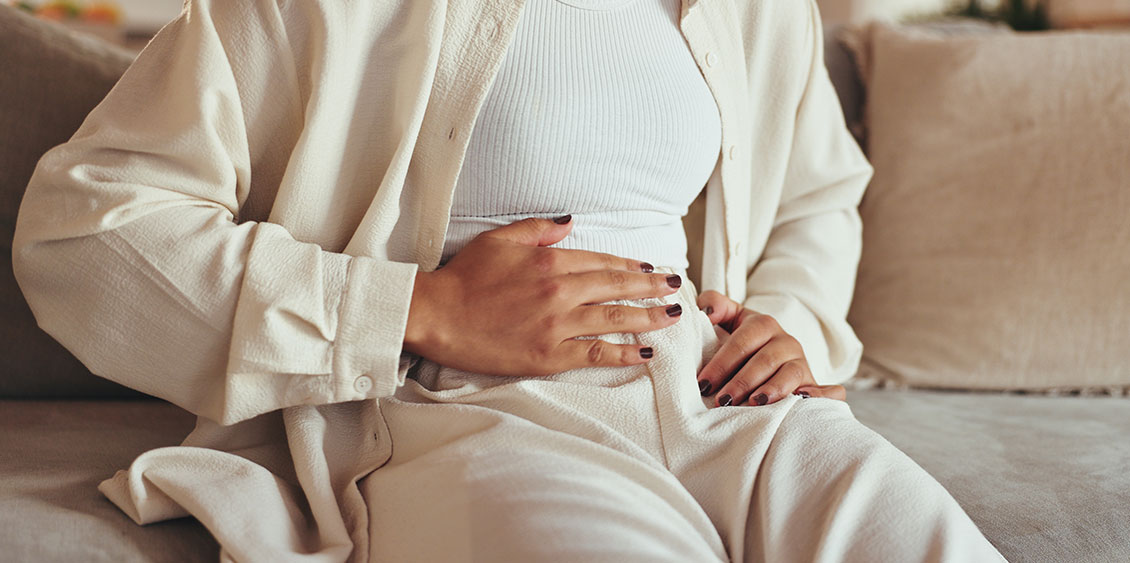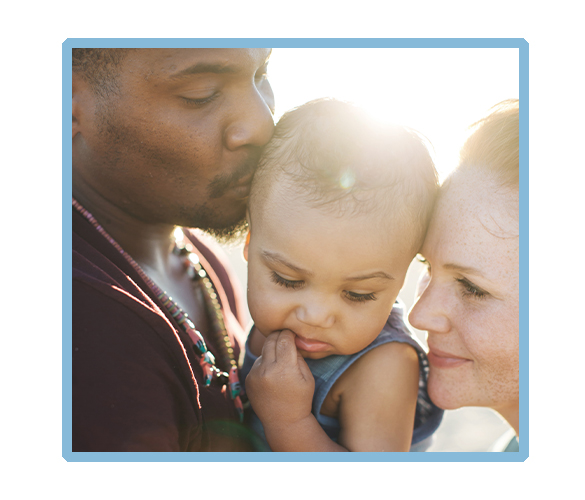Itching, burning, pain, rectal bleeding—all signs are pointing to hemorrhoids. But don’t worry! We’ve put together some practical advice to help you find relief quickly and avoid a recurrence.

What are hemorrhoids?
Hemorrhoids occur when the anal veins swell and cause painful crises. There are two types of hemorrhoids:
Internal hemorrhoids
Located inside the rectum, these are graded according to their severity:
|
Grade 1 |
Internal hemorrhoids that do not prolapse outside the anus. |
|
Grade 2 |
Hemorrhoids that may protrude when you strain (e.g., when using the toilet), but then return inside the anal canal. |
|
Grade 3 |
Hemorrhoids that protrude through the anus during straining but can be manually pushed back in. |
|
Grade 4 |
Hemorrhoids that remain prolapsed outside the anus and cannot be pushed back in. |
External hemorrhoids
Located around the anus, external hemorrhoids can look like hard, round lumps. Like internal hemorrhoids, they may protrude from the anus. Sometimes, one or more of these lumps will have a purple or blue tinge. This is the result of a blood clot that’s formed within an external hemorrhoid. If this happens, rest assured that it isn’t dangerous.
How do I know if I have hemorrhoids?
Although hemorrhoid symptoms can vary depending on which vein is swollen, the most common are:
- Itching
- Discomfort
- A burning sensation
- Mild to severe pain (internal hemorrhoids are generally less painful than external hemorrhoids)
- Bleeding
- The presence of internal hemorrhoids protruding through the anus, in the most severe cases
Who can get hemorrhoids?
Hemorrhoids can happen to anyone. In fact, 60% to 70% of Canadians will experience a hemorrhoid flare up in their lifetime. However, they are more frequent in people aged 45 to 65.
Around one third of pregnant women deal with hemorrhoids during pregnancy due to hormonal changes, constipation, and increased pressure from the uterus on the anal canal.
How can I treat hemorrhoids quickly?
1
Gently clean the area
Keep the anal area clean by gently patting it with a wet washcloth or toilet paper.
2
Apply cold compresses
Moisten a compress or washcloth with very cold water. Apply the compress or washcloth to the anus for about 10 minutes to relieve itching. Repeat three to four times a day.
3
Take a sitz bath
Fill a sitz bath with lukewarm water and soak the affected area for 10 to 15 minutes. Adding baking soda to your water can help relieve pain. You can also try taking a sitz bath with cold water. The cooler temperature helps numb the area and contract the veins, and stimulates blood circulation.
4
Opt for a treatment or medication
Topical products for treating hemorrhoids, which are available in cream, ointment, or suppository form, contain ingredients that relieve pain, soothe burning sensations, cool the area, and reduce inflammation. For the best possible results, follow dosage recommendations.
Taking an analgesic like acetaminophen can also help reduce pain.
Don’t hesitate to ask your pharmacist for advice on the best treatment for your situation. This can be a sensitive topic, but don’t worry, you can rely on their discretion.
5
Eat plenty of fibre
Constipation is one of the main causes of hemorrhoids. If you want to avoid or prevent them, good digestive health is essential.
Eat fibre-rich foods like legumes, oats, and avocado, and be sure to drink plenty of water. If you are constipated, increase your water and fibre intake.
Looking for fibre supplements or laxatives? Ask your pharmacist for advice; they’ll be able to recommend the right product for you based on your overall health (pregnancy, illness, etc.).
6
Stay active
A sedentary lifestyle can increase the risk of constipation and hemorrhoidal vein swelling, as sitting for long periods increases pressure on the area.
Regular exercise will help stimulate your bowels and blood circulation.
7
Don’t hold in your poop
Go to the bathroom as soon as you feel the urge, and avoid pushing too hard. Straining can cause your hemorrhoids to prolapse. Don’t sit on the toilet for too long; this position relaxes the rectal muscles and draws blood into the veins in this area.
8
Don’t lift heavy objects
Whether it’s grocery bags filled to the brim, furniture, storage bins, or bulky work files, avoid lifting anything heavy! Doing so puts additional pressure on the anal canal.
If you have no choice:
- Ask for help.
- Use a hand truck or trolley.
- Wear a suitable support belt.
- Make multiple trips.
If you work out, consider swapping out exercises that require you to lift weights while pushing with exercises that won’t put pressure on your anal canal.
How long does a hemorrhoid flare up last?
The time it takes for hemorrhoids to heal varies. When hemorrhoids are small, they may quickly resolve without treatment.
Larger hemorrhoids may take a few days to a few weeks to fully resolve.
When should I consult a doctor?
Although hemorrhoids are relatively benign, you may need to consult a doctor:
- If the problem persists for more than seven days, despite following general care advice or taking over-the-counter medication.
- If you experience severe symptoms such as acute pain or heavy bleeding.
- If you are bleeding when not using the toilet.
- If you are under the age of 12.
If none of the advice recommended above works, surgery may be an option. This treatment is recommended only in rare cases, but if you need it, your doctor will discuss the appropriate surgical procedure with you.
Ask your pharmacist for advice
Talking about hemorrhoids can be embarrassing, but you can rely on your pharmacist to be discreet and offer advice on how to relieve your symptoms quickly.
Don’t hesitate to make an appointment at your Brunet pharmacy if you have any questions about your health or that of another member of your family. We’re here to help!
Last updated on May 8, 2025

